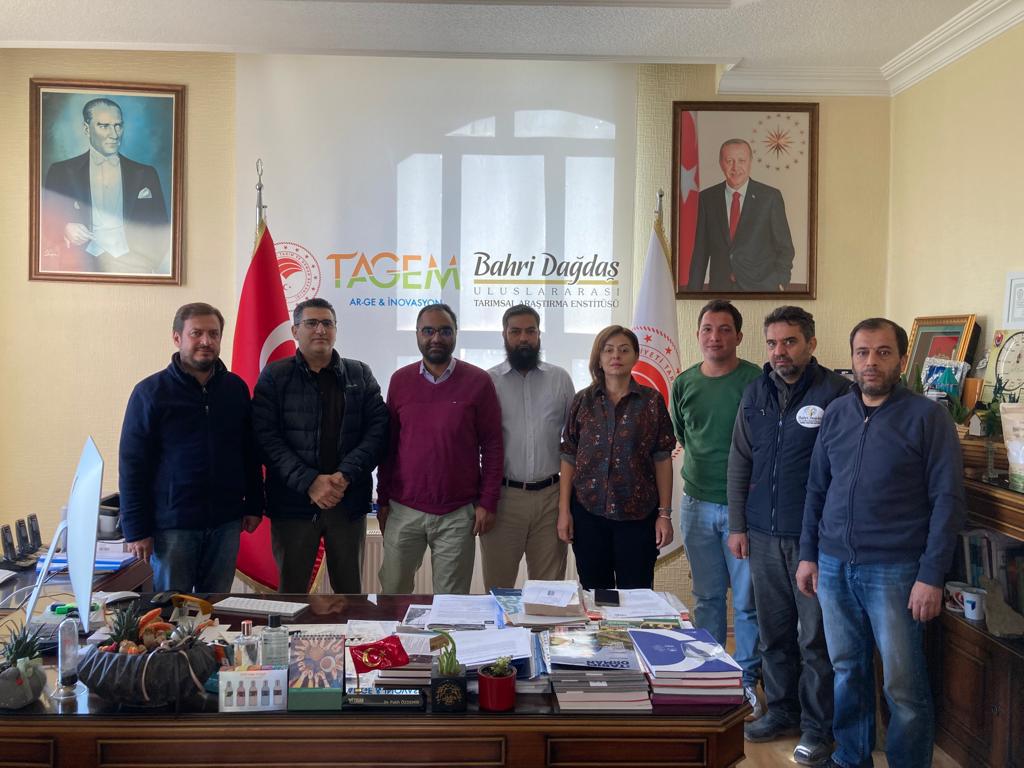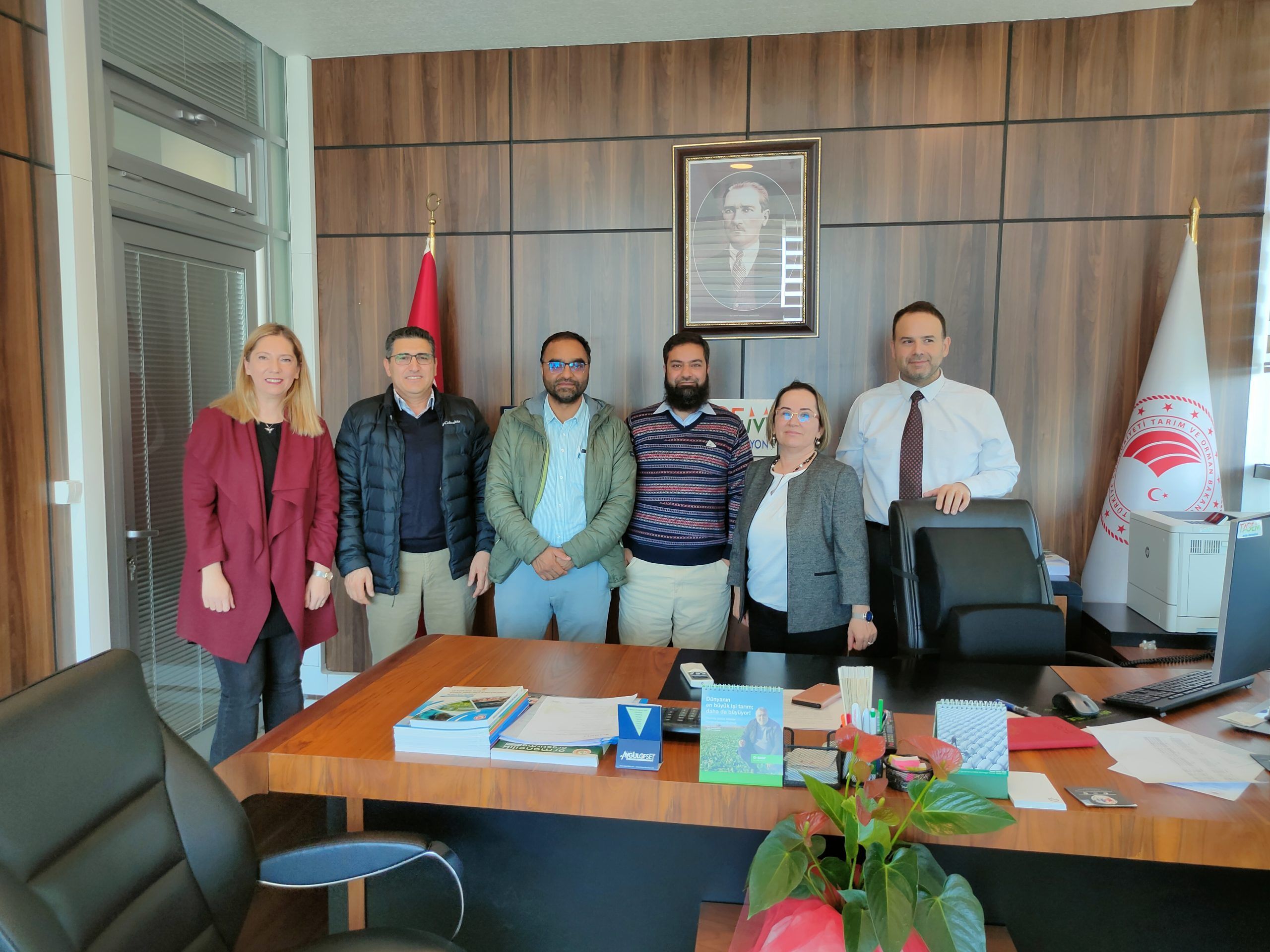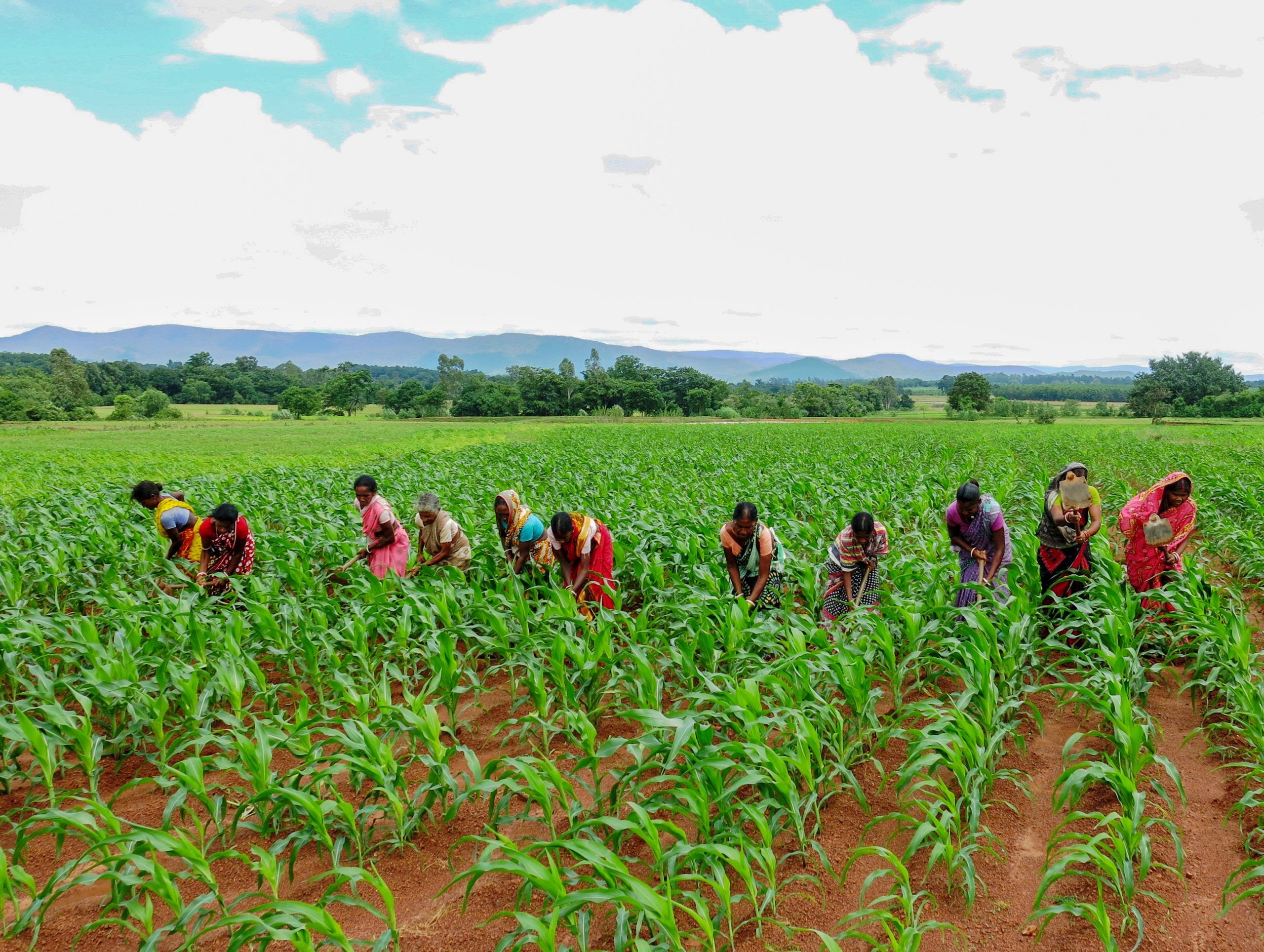Indian scientists visit CIMMYT Türkiye facility for wheat improvement systems
Scientists from the All India Coordinated Research Project (AICRP) on Wheat and Barley, part of the Indian Council of Agricultural Research (ICAR), and the Mountain Research Centre for Field Crops at Sher-e-Kashmir University of Agricultural Sciences and Technology visited the International Maize and Wheat Improvement Center (CIMMYT) facility in Türkiye on November 14-17.
This trip was an extension of their visit to the Türkiye Akdeniz University, Antalya, under the ICAR-NAHEP overseas fellowship program. The trip to CIMMYT program in Türkiye was with the objective to get exposure to CIMMYT’s germplasm and other new developments in wheat improvement that may be helpful for wheat production in the Northern Hill zone of India, which grows wheat on around 0.8 million hectares.
Ajaz Ahmed Lone, Principal Scientist, Genetics and Plant Breeding at the Dryland Agricultural Research Station, and Shabir Hussain Wani, Scientist, Genetics and Plant Breeding and Principal Investigator, aimed to learn more about CIMMYT’s wheat improvement systems.

After a brief introduction on CIMMYT’s international and soil borne pathogens program in Türkiye by Abdelfattah Dababat, CIMMYT Country Representative for Türkiye and program leader, the visitors met with General Directorate of Agricultural Research and Policies (TAGEM) representative Fatma Sarsu and her team to discuss possible collaboration and capacity building between the two institutions.
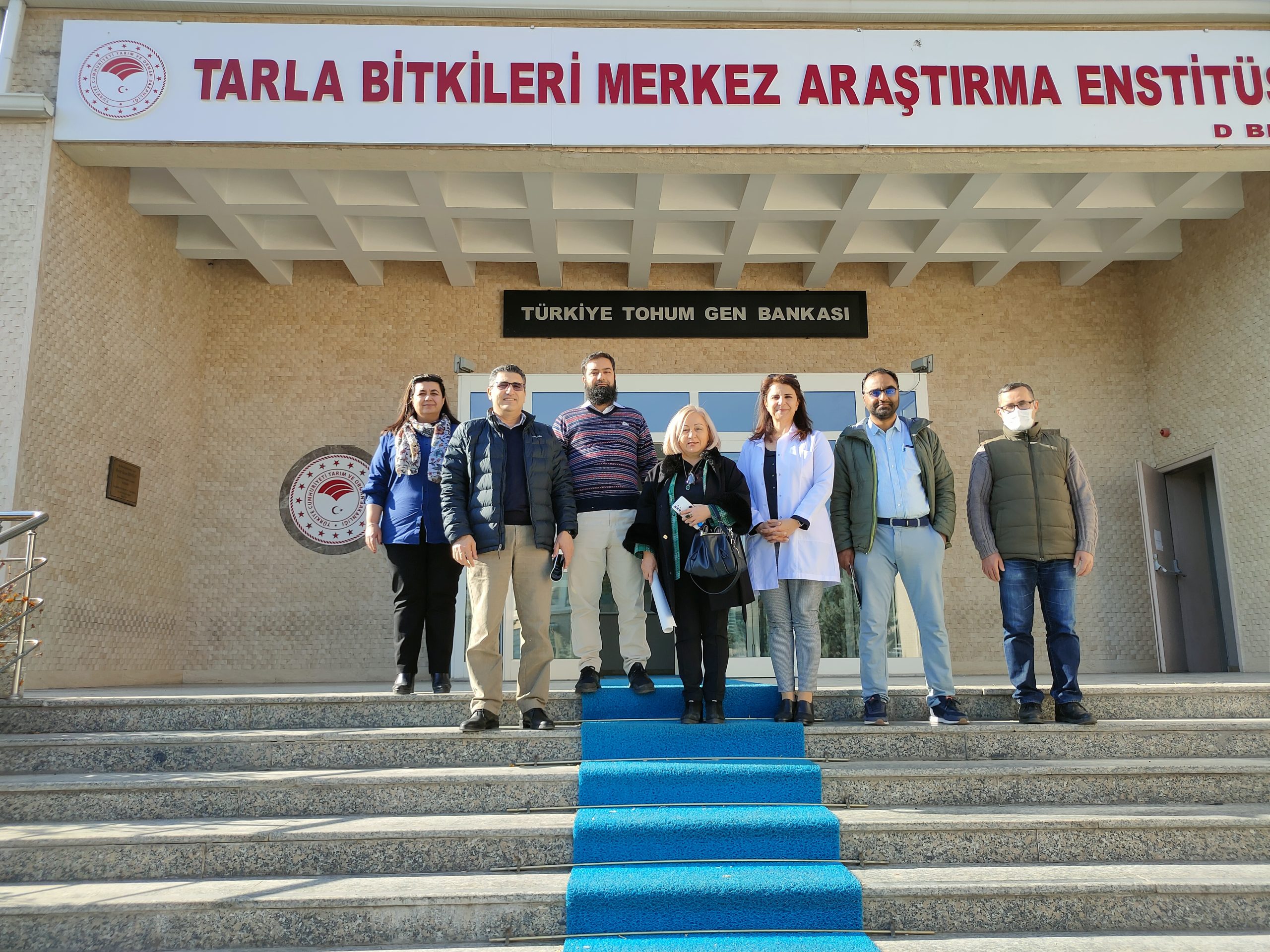
Wheat improvement in Türkiye
Lone and Wani also visited the GenBank in Ankara to meet its head, Senay Boyraz Topaloglu, who gave a presentation about the GenBank and highlighted the site’s various facilities.
They then visited the Transitional Zone Agricultural Research Institute (TZARI) in Eskisehir, located in Central Anatolian Plateau of Türkiye, to hear about historical and current studies, particularly within the national wheat breeding program delivered by Head of the Breeding Department, Savas Belen. Belen briefed the visitors about the institute’s facilities, and the collaboration with CIMMYT scientists on wheat breeding activities and germplasm exchange.
Dababat and Gul Erginbas-Orakci, research associate at CIMMYT, presented an overview of soil borne pathogens activities in TZARI-Eskisehir.
Before the visitors departed to Konya, Director of TZARI, Sabri Cakir, welcomed the visitors in his office.
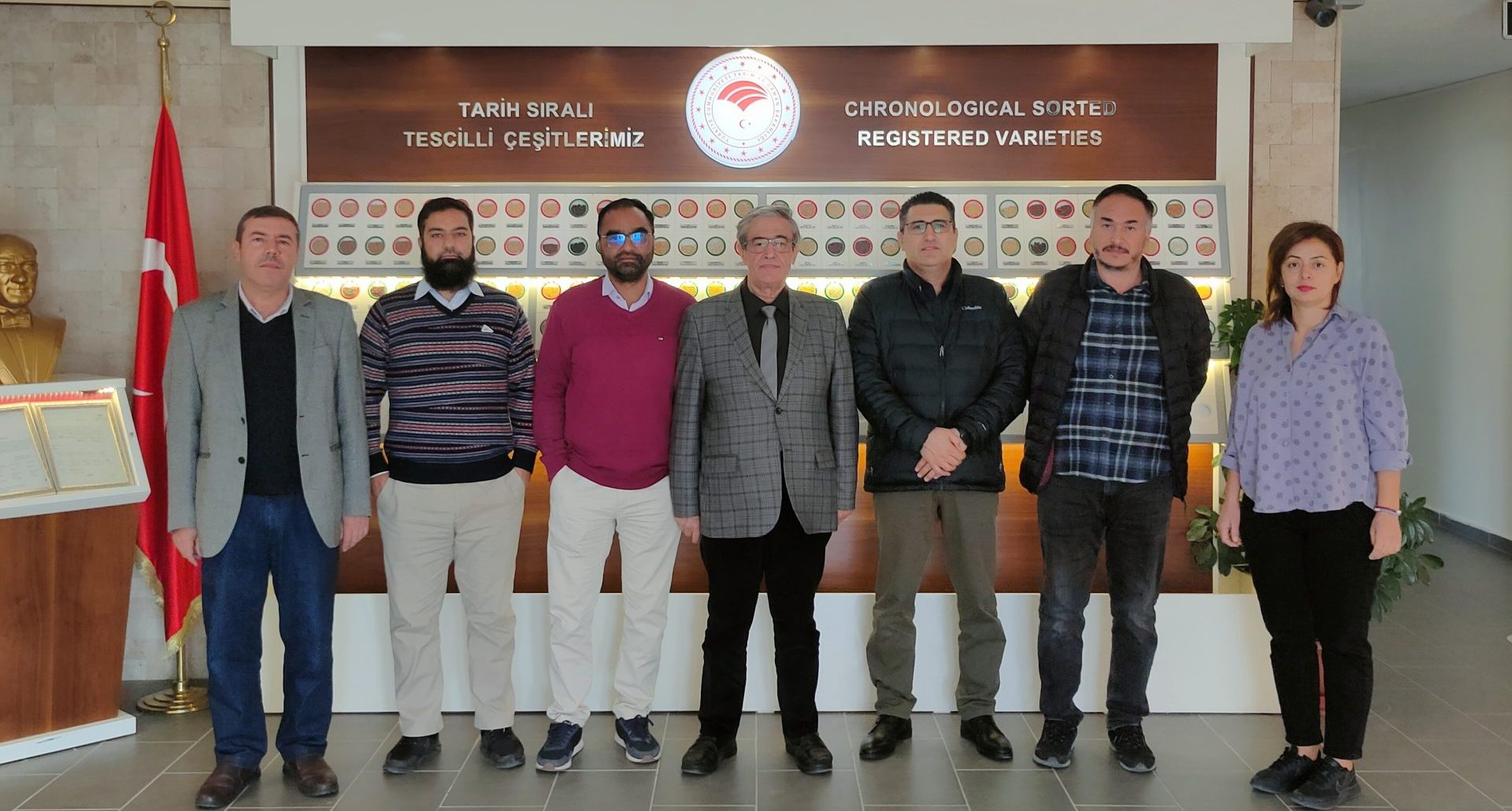
On the final day, the scientists were briefed about Bahri Dagdas International Agricultural Research Institute (BDIARI) through a presentation given by Murat Nadi Tas and Musa Turkoz. Bumin Emre Teke from the animal department presented a European project report on animal breeding, and Mesut Kirbas provided an overview of a European project on e-organic agriculture, as well as visits to the institute’s laboratory and field facilities and the newly established soil borne pathogens field platform.
Dababat said, “It was a fruitful short trip which enabled scientist from SKUAST-Kashmir and CIMMYT-Türkiye to share knowledge about wheat improvement activities and will give way to a road map for future research collaborations between the three institutions.”
